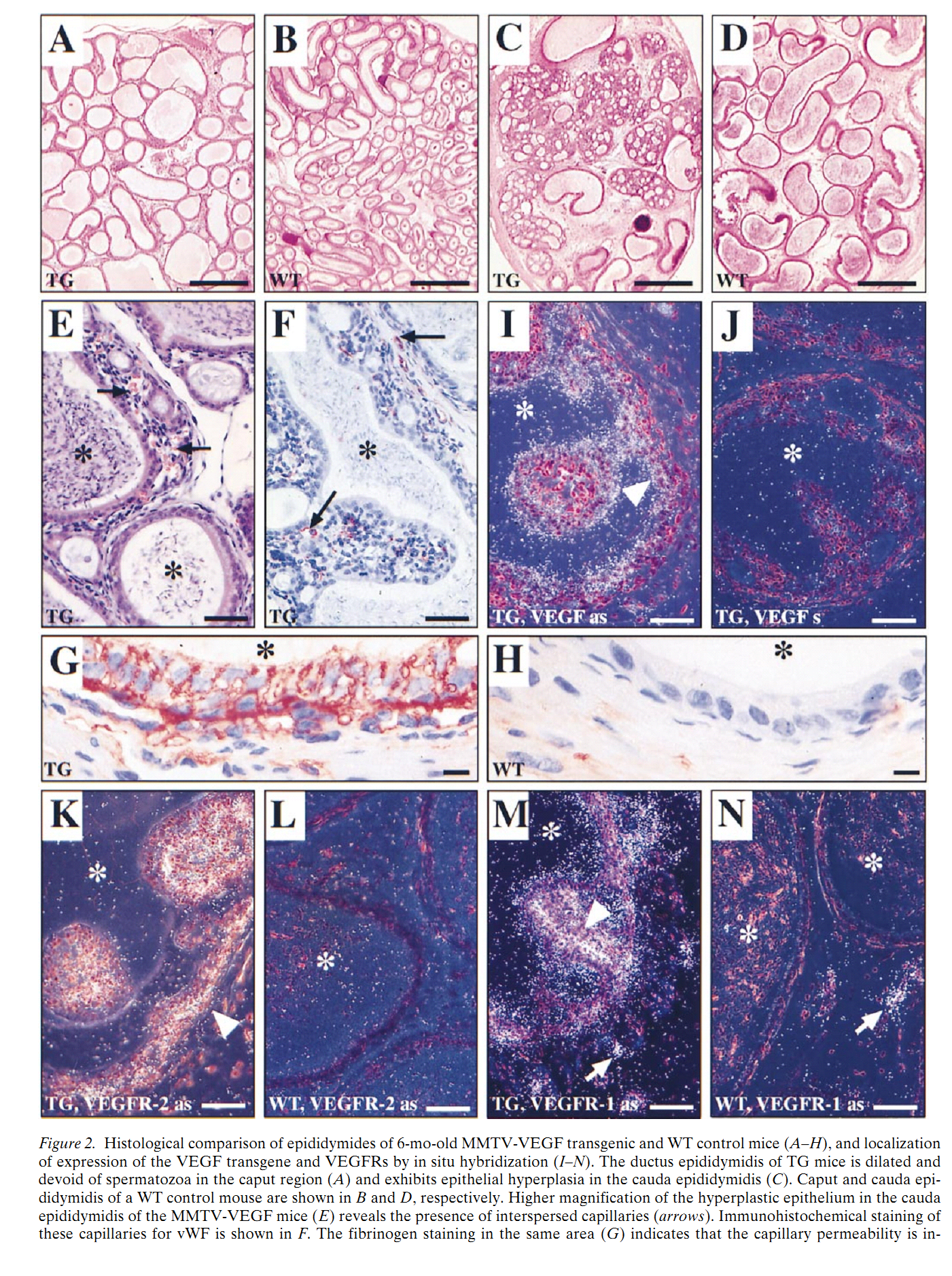| Tag | Content | ||||||||||||||||||||||||||||||||||||||||||||||||||||||||||||||||||||||||
|---|---|---|---|---|---|---|---|---|---|---|---|---|---|---|---|---|---|---|---|---|---|---|---|---|---|---|---|---|---|---|---|---|---|---|---|---|---|---|---|---|---|---|---|---|---|---|---|---|---|---|---|---|---|---|---|---|---|---|---|---|---|---|---|---|---|---|---|---|---|---|---|---|---|
SG ID |
SG00001078 |
||||||||||||||||||||||||||||||||||||||||||||||||||||||||||||||||||||||||
UniProt Accession |
|||||||||||||||||||||||||||||||||||||||||||||||||||||||||||||||||||||||||
Theoretical PI |
7.97
|
||||||||||||||||||||||||||||||||||||||||||||||||||||||||||||||||||||||||
Molecular Weight |
21914 Da
|
||||||||||||||||||||||||||||||||||||||||||||||||||||||||||||||||||||||||
Genbank Nucleotide ID |
|||||||||||||||||||||||||||||||||||||||||||||||||||||||||||||||||||||||||
Genbank Protein ID |
|||||||||||||||||||||||||||||||||||||||||||||||||||||||||||||||||||||||||
Gene Name |
Vegfb |
||||||||||||||||||||||||||||||||||||||||||||||||||||||||||||||||||||||||
Gene Synonyms/Alias |
Vrf |
||||||||||||||||||||||||||||||||||||||||||||||||||||||||||||||||||||||||
Protein Name |
Vascular endothelial growth factor B |
||||||||||||||||||||||||||||||||||||||||||||||||||||||||||||||||||||||||
Protein Synonyms/Alias |
VEGF-B VEGF-related factor;VRFFlags: Precursor |
||||||||||||||||||||||||||||||||||||||||||||||||||||||||||||||||||||||||
Organism |
Mus musculus (Mouse) |
||||||||||||||||||||||||||||||||||||||||||||||||||||||||||||||||||||||||
NCBI Taxonomy ID |
10090 |
||||||||||||||||||||||||||||||||||||||||||||||||||||||||||||||||||||||||
Chromosome Location |
|
||||||||||||||||||||||||||||||||||||||||||||||||||||||||||||||||||||||||
Function in Stage |
|||||||||||||||||||||||||||||||||||||||||||||||||||||||||||||||||||||||||
Function in Cell Type |
|||||||||||||||||||||||||||||||||||||||||||||||||||||||||||||||||||||||||
Description |
Temporarily unavailable |
||||||||||||||||||||||||||||||||||||||||||||||||||||||||||||||||||||||||
The information of related literatures |
1. E. I. Korpelainen, M. J. Karkkainen, A. Tenhunen, M. Lakso, H. Rauvala, M. Vierula, M. Parvinen and K. Alitalo (1998) Overexpression of VEGF in testis and epididymis causes infertility in transgenic mice. J Cell Biol 143(6): 1705-12. Abstract Vascular endothelial growth factor (VEGF) is a key regulator of endothelial growth and permeability. However, VEGF may also target nonendothelial cells, as VEGF receptors and responsiveness have been detected for example in monocytes, and high concentrations of VEGF have been reported in human semen. In this work we present evidence that overexpression of VEGF in the testis and epididymis of transgenic mice under the mouse mammary tumor virus (MMTV) LTR promoter causes infertility. The testes of the transgenic mice exhibited spermatogenic arrest and increased capillary density. The ductus epididymidis was dilated, containing areas of epithelial hyperplasia. The number of subepithelial capillaries in the epididymis was also increased and these vessels were highly permeable as judged by the detection of extravasated fibrinogen products. Intriguingly, the expression of VEGF receptor-1 (VEGFR-1) was detected in certain spermatogenic cells in addition to vascular endothelium, and both VEGFR-1 and VEGFR-2 were also found in the Leydig cells of the testis. The infertility of the MMTV-VEGF male mice could thus result from VEGF acting on both endothelial and nonendothelial cells of the male genital tract. Taken together, these findings suggest that the VEGF transgene has nonendothelial target cells in the testis and that VEGF may regulate male fertility. PMID: [9852161] 2. A. Nalbandian, L. Dettin, M. Dym and N. Ravindranath (2003) Expression of vascular endothelial growth factor receptors during male germ cell differentiation in the mouse. Biol Reprod 69(3): 985-94. Abstract Overexpression of vascular endothelial growth factor (VEGF) in the testis of transgenic mice induces infertility, suggesting a potential role for VEGF in the process of spermatogenesis. Spermatogenesis occurs within the confines of the seminiferous tubules, and the seminiferous epithelium lining these tubules consists of Sertoli cells and germ cells in various stages of maturation. We investigated the source of VEGF and VEGF-target cells within the seminiferous tubules of the normal mouse testis. Sections of testes fixed in Bouin solution and embedded in paraffin were subjected to immunofluorescent staining with specific antibodies against VEGF, and its receptors, VEGFR-1 (Flt-1) and VEGFR-2 (Flk-1). Total RNA was extracted from isolated populations of Sertoli cells, type A spermatogonia, pachytene spermatocytes, and spermatids. Primer pairs specific for VEGF and its receptors were designed and reverse-transcriptase polymerase chain reaction (RT-PCR) was performed. Immunofluorescent studies indicated that VEGF is strongly expressed in the cytoplasm of Sertoli cells. VEGFR-1 and VEGFR-2 were not expressed by the Sertoli cell. In contrast, a differential expression of VEGF receptors was observed in germ cells. Although VEGFR-2 was expressed in the cytoplasm of type A spermatogonia, VEGFR-1 was expressed in the acrosomal region of spermatids and spermatozoa. Pachytene spermatocytes did not exhibit any staining. Further, we examined the transcription of VEGF and its receptors by RT-PCR. VEGF was actively transcribed only in Sertoli cells. The transcription of VEGFR-2 was confined to type A spermatogonia. Interestingly, VEGFR-1 was transcribed both in pachytene spermatocytes and round spermatids. The mRNA expression of VEGFR-1 and VEGFR-2 in germ cells was inversely correlated during postnatal development of the mouse testis. Thus, VEGF may play a potential role in regulating the initial stages of the process of spermatogonial proliferation through VEGFR-2 and spermiogenesis through VEGFR-1. PMID: [12773425] Back to Top |
||||||||||||||||||||||||||||||||||||||||||||||||||||||||||||||||||||||||
Figures for illustrating the function of this protein/gene |
|
||||||||||||||||||||||||||||||||||||||||||||||||||||||||||||||||||||||||
Function |
Growth factor for endothelial cells. VEGF-B167 bindsheparin and neuropilin-1 whereas the binding to neuropilin-1 ofVEGF-B186 is regulated by proteolysis. VEGF-B seems to be requiredfor normal heart function in adult but is not required for properdevelopment of the cardiovascular system either during developmentor for angiogenesis in adults. Back to Top |
||||||||||||||||||||||||||||||||||||||||||||||||||||||||||||||||||||||||
Subcellular Location |
Secreted. Note=Secreted but remainsassociated to cells or to the extracellular matrix unless releasedby heparin. |
||||||||||||||||||||||||||||||||||||||||||||||||||||||||||||||||||||||||
Tissue Specificity |
Abundantly expressed in heart, brain, kidneyand skeletal muscle. |
||||||||||||||||||||||||||||||||||||||||||||||||||||||||||||||||||||||||
Gene Ontology |
|
||||||||||||||||||||||||||||||||||||||||||||||||||||||||||||||||||||||||
Interpro |
|||||||||||||||||||||||||||||||||||||||||||||||||||||||||||||||||||||||||
Pfam |
|||||||||||||||||||||||||||||||||||||||||||||||||||||||||||||||||||||||||
SMART |
|||||||||||||||||||||||||||||||||||||||||||||||||||||||||||||||||||||||||
PROSITE |
|||||||||||||||||||||||||||||||||||||||||||||||||||||||||||||||||||||||||
PRINTS |
|||||||||||||||||||||||||||||||||||||||||||||||||||||||||||||||||||||||||
Created Date |
18-Oct-2012 |
||||||||||||||||||||||||||||||||||||||||||||||||||||||||||||||||||||||||
Record Type |
Experiment identified |
||||||||||||||||||||||||||||||||||||||||||||||||||||||||||||||||||||||||
Protein sequence Annotation |
SIGNAL 1 21 Potential. CHAIN 22 207 Vascular endothelial growth factor B. /FTId=PRO_0000023399. DISULFID 47 89 By similarity. DISULFID 72 72 Interchain (By similarity). DISULFID 78 122 By similarity. DISULFID 81 81 Interchain (By similarity). DISULFID 82 124 By similarity. VAR_SEQ 137 207 RVAIPHHRPQPRSVPGWDSTPGASSPADIIHPTPAPGSSAR LAPSAVNALTPGPAAAAADAAASSIAKGGA -> SPRILCP PCTQRRQRPDPRTCRCRCRRRRFLHCQGRGLELNPDTCRCR KPRK (in isoform VEGF-B167). /FTId=VSP_004641. CONFLICT 69 69 V -> A (in Ref. 4; BAE28405). Back to Top |
||||||||||||||||||||||||||||||||||||||||||||||||||||||||||||||||||||||||
Nucleotide Sequence |
Length: 1236 bp Go to nucleotide: FASTA |
||||||||||||||||||||||||||||||||||||||||||||||||||||||||||||||||||||||||
Protein Sequence |
Length: 207 bp Go to amino acid: FASTA |
||||||||||||||||||||||||||||||||||||||||||||||||||||||||||||||||||||||||
The verified Protein-Protein interaction information |
|||||||||||||||||||||||||||||||||||||||||||||||||||||||||||||||||||||||||
Other Protein-Protein interaction resources |
String database |
||||||||||||||||||||||||||||||||||||||||||||||||||||||||||||||||||||||||
View Microarray data |
|||||||||||||||||||||||||||||||||||||||||||||||||||||||||||||||||||||||||
Comments |
|||||||||||||||||||||||||||||||||||||||||||||||||||||||||||||||||||||||||





